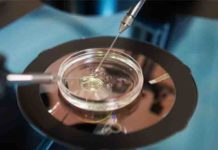
Female Sexual Dysfunctions – Common Causes/Cure

Libido or sexual desire plays an important role in most relationships. When sexual desire reduces, it impacts your relationship with your partner. There are multiple reasons behind low libido, and sexual dysfunction is one of them and it equally affects males and females.
Female sexual dysfunction is a multi-factorial medical condition in which females lose desire for sexual activity. The difficulties experienced by females can be low sexual response, no natural lubrication, low desire and vaginal pain.
Female sexual dysfunction has both biological as well as psychological effect on women. Female sexual dysfunction is very common and usually, age related. As women age, several factors affect their sex life that can make sex, at times, painful or less pleasant.
At any stage of life, sexual dysfunction can occur in females. According to Sexual Advice Association, around 1/3rd of the young and middle-aged females and with 50% of older females are affected by sexual dysfunction.
Causes of Female Sexual Dysfunctions
Common causes of female sexual dysfunction are discussed below:
- Aging
- Hormones
- Psychological Factors
- Medical conditions
- Surgery
- Medications
- Postpartum depression
- Sexual disorders
- Vaginal issues
- Smoking
- Sexual abuse
1. Aging:
When women get older, ovarian depletion occurs, which causes estrogen deficiency, leading to genitourinary syndrome of menopause. This syndrome may include vaginal dryness, itching, less lubrication and painful intercourse.

2. Hormones:
When the levels of hormones, especially estrogen decrease, natural lubrication level also reduces. The arousal time or response time decreases due to the decreased blood flow to the pelvic region. The higher chances of hormonal changes are during menstruation, perimenopause and menopause. This may also lead to depression.
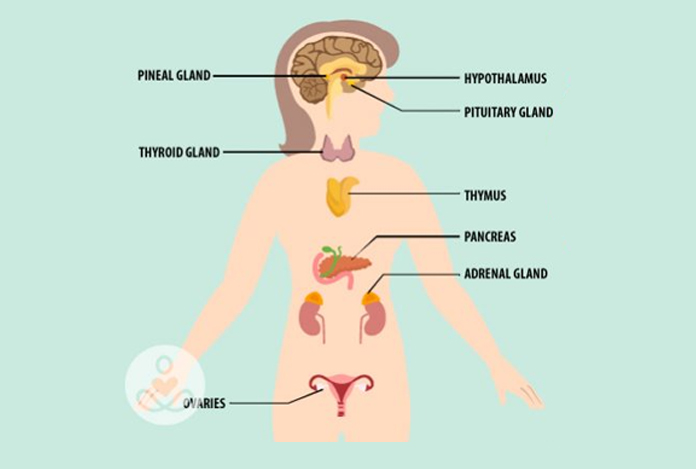
3. Psychological Factors:
When women persistently get distracted by multiple thoughts; they find themselves with low sexual desire. This distraction may be due to stress, anxiety or depression.
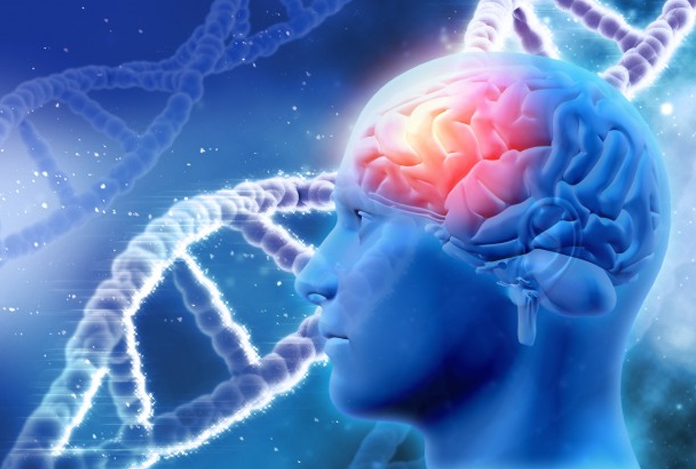
4. Medical Conditions:
Women suffering from medical conditions like high cholesterol, hypertension, cancer, kidney failure, multiple sclerosis, heart disease or bladder problems, they may experience sexual dysfunction.

5. Surgery:
Surgeries like radical cystectomy, hysterectomy, myomectomy and uterine embolization result in post-surgical sexual dysfunction.

6. Medications:
Medications do have side effects. There are certain medications which directly or indirectly contribute to sexual dysfunction. These medications are:
- Antidepressants: Selective serotonin reuptake inhibitors (SSRIs) are the most common antidepressants
- Hypertension medications
- Antihistamines
- Chemotherapy drugs

7. Postpartum Depression:
Postpartum depression is very common during pregnancy and after having a baby. Postpartum depression effects sexual dysfunction when it is persistent. This results in loss of sexual desire.

8. Sexual Disorders:
If a woman is suffering from any sexual disorder, it may result in difficulty with intercourse or low sexual desire. These disorders may include:
- Hypoactive sexual desire disorder (HSDD)
- Sexual arousal disorder, which occurs due to intake of psychotropic drugs or mood elevators
- Orgasmic disorder, which occurs if women had a history of psychosexual trauma
- Sexual pain disorder, which also includes gynecological disorder like endometriosis
- Genitourinary syndrome of menopause

9. Vaginal Issues:
Vaginal wall changes can make the sexual intercourse unpleasant. There are various vaginal issues that can cause low sexual desire or sexual dysfunction:
- Cystitis: Infection of bladder wall infection.
- Vaginal Dryness: Dryness of the vaginal wall, leading to painful sex.
- Endometrial Hyperplasia: Thickening of the uterine wall.
- Endometriosis: Growth of the tissue lining uterus grows outside the uterus.
- Interstitial Cystitis or painful bladder syndrome.
- Vaginismus: Painful sexual intercourse.
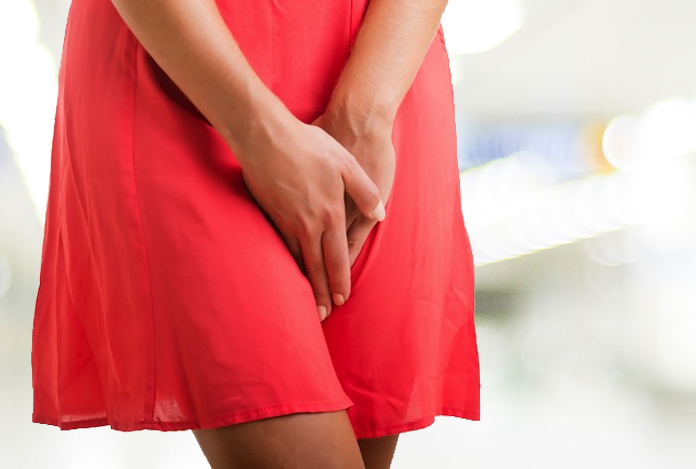
10. Smoking:
Nicotine reduces formation of vasoactive substances in vascular endothelium. This decreases lubrication and causes late orgasm. Also, blood flow to pelvic muscles decreases.

11. Sexual Abuse:
A history of sexual abuse may cause sexual dysfunction.
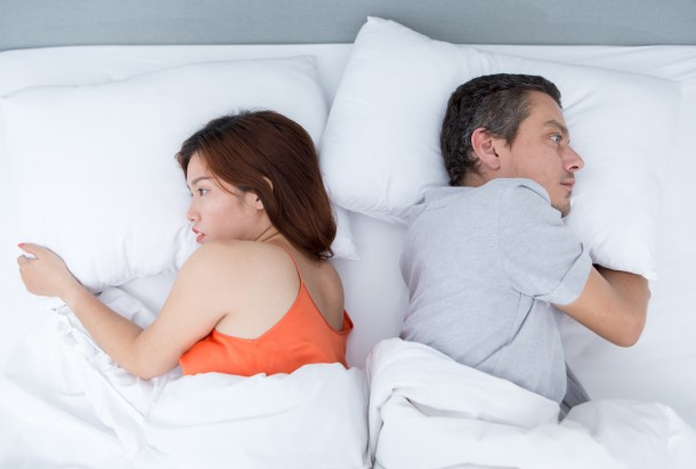
Cure for Female Sexual Dysfunctions:
There are few methods which can cure female sexual dysfunction:
1. Hormone Replacement Therapy (HRT):
To improve intimacy and sexual satisfaction, you can go for estrogen replacement therapy. This therapy is also called menopausal hormone therapy. During menopause, the estrogen level decreases in the body, which causes low sexual desire, vaginal dryness, hot flashes, night sweats and mood swings. A combination of estrogen and progestogen hormone tablets may be recommended by your doctor. This will maintain the level of estrogen in your body.
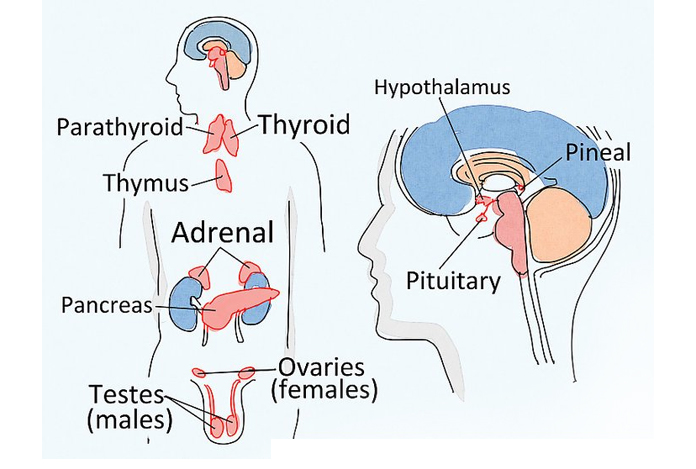
2. Medications:
There are pharmaceutical treatments for female sexual dysfunction. Following medications can be prescribed by a doctor:
- Flibanserin has been approved by FDA for increasing sexual desire in premenopausal women. It should be taken one pill daily for at least 8 weeks and then, discontinue it after improvement. This enhances sex drive.
- Buspirone should be taken 15-60 mg daily.
- It reverses the mechanism behind decreased sexual desire and orgasmic dysfunction.
- You can use topical estrogen, which is the most effective way of treating atopic vaginitis.
- Other medications include dopaminergic agonists and related substances
- Melanocortin-stimulating hormones
- Adrenoceptor antagonists
- Prostaglandins and androgens
- Nefazodone and mianserin are antidepressants with strong postsynaptic blocking properties.
- Mianserin, an antidepressant, reverses the effects of SSRIs.
- Cyproheptadine also reverses antidepressant-induced sexual dysfunction.

3. Kegel Exercise:
Muscles that contract during orgasm are Kegel muscles – pelvic floor muscles. Kegel exercise include inward and outward movement of Kegel muscles. Initially, you can do it by putting your finger inside your vagina and press it. But, to make it a regular practice, try to contract and release the muscles without touching it. You should try to contract for 3 seconds and then, release for 3 seconds. Repeat it for 10 times. You should do this for many days until your contraction time increases to 10 seconds.

4. Acupuncture:
In acupuncture, very thin needles are inserted into the skin at strategic points. This is known to improve libido and cure female sexual dysfunction.
5. Yoga and Meditation:
There are many yoga asanas or postures that help improve sexual functioning. These include:
- Cat/Cow flow
- Bound angle pose
- Pigeon pose
- Eagle pose
- Bridge pose
- Downward dog pose

Meditation:
It keeps your thoughts stable and increases concentration power. This may help boost sexual response time and decrease the anxiety level in women.

Thus, it can be said that female sexual dysfunction is a condition that is curable with medicines and various alternative therapies. However, it is a general recommendation to
consult a sexologist, therapist or physician before you begin any treatment.





